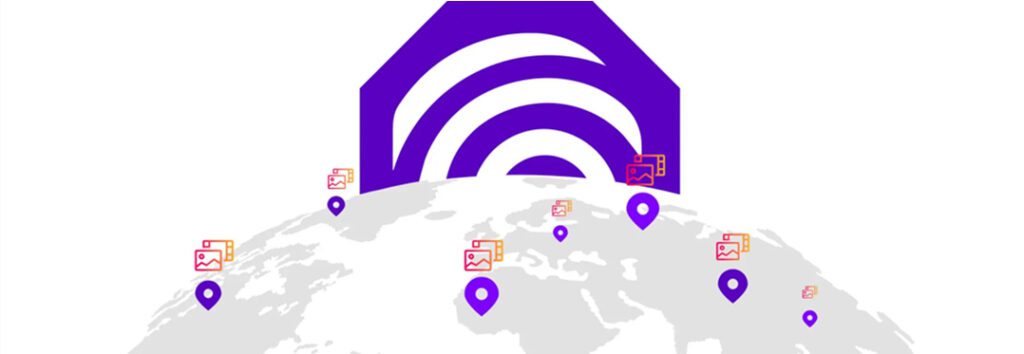Brands & OEMs know that keeping their audience’s attention on social media is more difficult than ever, doing the bare-minimum when publishing to their social feed won’t cut it in an era where every brand is on social media vying for consumer engagement. Customers expect a brand’s social media presence to be thought-provoking, multi-channel, and consistent.
You’ve spent thousands, if not millions, on content creation and use that content to drive campaigns on brand-owned social channels that speak to your followers – consumers who have already expressed brand loyalty. But your organic reach is limited to your existing fanbase, and even then only a portion of them are generating impressions.
The retailers you sell products through have some social media issues as well. Even though a lot of them have thousands of followers, maintaining their pages requires resources they may not have. Without easy access to quality images of the products they sell or the knowledge of social media operations, managing their social accounts likely takes a backseat in the face of more pressing day-to-day operations. As a trusted source of product expertise to their local community, these retailers have the attention of consumers. They just don’t always have the content to keep that attention.
Whether your brand has a network of small retailers or thousands of multi-location storefronts around the world, both you and your retailers can benefit from a marketing partnership to bridge these gaps.
So, how can your brand utilize your retailers’ hyper-local reach and boost brand awareness for everyone involved?
The solution is to distribute brand curated content to your retailers’ social media pages. Sharing content helps both you and your retailers achieve your respective goals. Your brand will see increased organic engagement on your existing library of content that would’ve only been posted to your original brand channel, while retailers can enjoy an active social presence. Empowering them to receive quality content without dedicating resources to tedious social media management.

Perhaps you already had this idea and attempted to share content with retail locations through shared Digital Asset Management software. If so, you probably ran into some (if not all) of these issues.
- Retailers had technical problems accessing the asset management platform you shared with them. They grew frustrated and gave up without asking for assistance.
- The method of asset management required retailers to download assets and create their own social posts. The overly complicated process wasn’t saving time and they stopped participating in the program.
- You tried to share custom posts relevant to the retailers’ location but there were simply too many retailers to do this efficiently.
The right tool can make it easy to share content to your retailers’ social media pages. ThumbStopper® exists to connect your brand to your retailer’s social media and search destinations. Enabling marketing teams to syndicate brand curated social media content to their retailers and dealerships at the local level.
Onboarding with ThumbStopper is easy. Once brands sign up, our customer success team will take care of retailer adoption, reaching out to each individual locations to guide them through the adoption process. From there, brands can easily automate social posting to their entire retail network. This saves retailers the extra steps of downloading content since ThumbStopper allows OEMs to automatically publish content straight to retailers’ social pages. And with advanced segmenting options, brands are in full control of which locations receive certain content in order to maximize engagement.

Curious about what ThumbStopper can do for your brand? Check out our organic reach increase calculator or book a demo with one of our social media experts to identify how much reach your brand stands to gain through content distribution.




